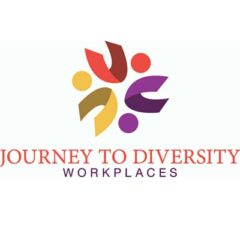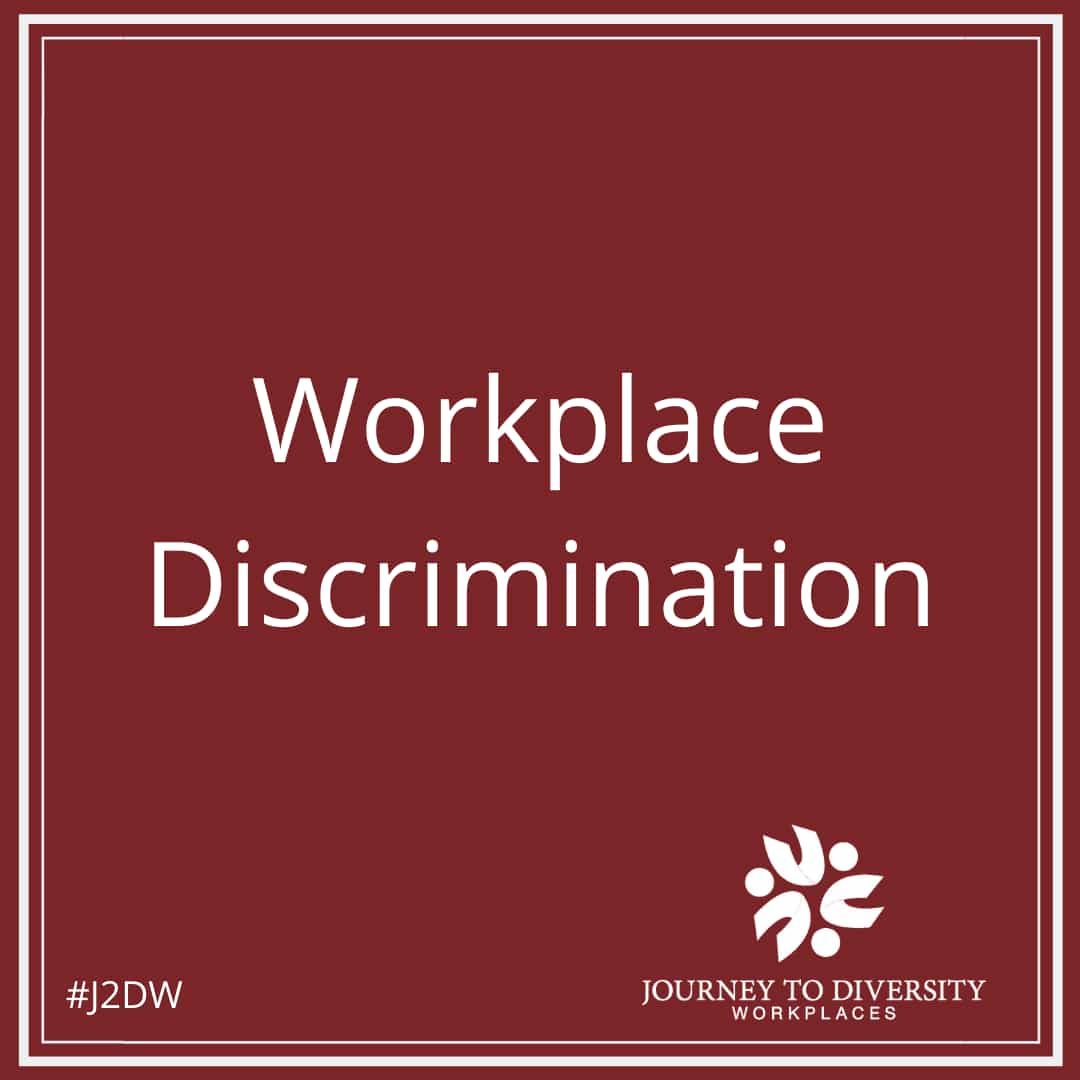In an ideal world, people would be equal in rights, opportunities, and responsibilities, despite their race or gender. In the world we live in, however, we constantly face all kinds of neglect based on different attributes. All over the world, certain people treat others with prejudice because of particular features they possess. Unfortunately, this happens even in places which, by definition, should be free of all personal prejudices – specifically, in offices and other business surroundings. This phenomenon is called workplace discrimination; not every unfair behavior at work, however, can be assessed as discrimination. Workplace Discrimination
What exactly is workplace discrimination? It can be defined as a less favorable treatment towards an individual or a group of individuals at work, usually based on their nationality, skin color, sex, marital status, age, trade union activity, or other defining attributes (Australian Human Rights Commission). It can appear as a denial of certain rights, negligent treatment, intentional underestimating of a worker’s personality or work results and achievements, and so on. A person can be discriminated by their employers, or by their coworkers as well. Discrimination can result into severe psychological consequences for the victim, such as emotional stress and anxiety. Discrimination often causes an employee to leave the workplace, resign from a position, or in severe cases, to commit suicide or act violently against the discriminators.
Workplace discrimination can take more open and threatening forms, which are known as workplace harassment. It occurs when an employee is made to feel intimidated, insulted or humiliated, based on such features as race, ethnic origin, gender, physical or mental disability, or on any other characteristic specified under legislation (AHRC). The two most radical forms of workplace harassment are the application of physical violence, or sexual harassment; women are especially exposed to this kind of discrimination. Workplace violence can take several forms: the direct exercise of physical force against a worker which causes or could cause injuries to the worker; an attempt to exercise such physical force; or a statement or behavior which a worker can reasonably interpret as a threat to exercise physical force (Ontario Ministry of Labor). Sexual harassment can take the form of obscene jokes and allusions; intrusive body contacts; inappropriate gestures, or even direct actions aimed at sexual contact.
There are several ways to deal with workplace discrimination; such measures can be held both on the individual and on the collective level. Individuals who have experienced discrimination or harassment at work, are recommended to stand firm under verbal attacks, remain confident about their own abilities and judgments, and try not to stay alone with the abusive person (UnionSafe). At the same time, collective measures can be taken as well. They usually include calling for a meeting in a quiet confidential place in order to admit and discuss the problem; complaining to competent authorities; developing respective policies together with sanctions applied in case there is an infringement enacted by workers.
Unfortunately, we do not live in a perfect world, and not all people can enjoy equal opportunities and rights. This refers not only to our personal lives, but to our working environment as well; employees can be discriminated and abused because of certain features they possess, such as the color of skin, their ethnicity or gender, age, marital status, disabilities, and so on. To eliminate workplace discrimination, both individual and collective preventive measures should be made.
References
What Is Workplace Discrimination and Harassment? (2013) Australian Human Rights Commission. Retrieved from http://www.humanrights.gov.au/what-workplace-discrimination-and-harassment
Preventing Workplace Violence And Workplace Harassment. (2011) Ontario Ministry of Labor.(sic) Retrieved from http://www.labour.gov.on.ca/english/hs/sawo/pubs/fs_workplaceviolence.php
Bullying and Harassment in the Workplace. (2013) UnionSafe. Retrieved from http://unionsafe.labor.net.au/hazards/10717236108849.html
We got this essay from:
Workplace Discrimination (2013) Academic Help Retrieved from https://academichelp.net/samples/academics/essays/definition/workplace-discrimination.html#sthash.byNueAtv.dpuf

